Energy saving analysis of residential building envelope based on characteristic parameters
DOI: 10.23977/jemm.2021.060205 | Downloads: 15 | Views: 1974
Author(s)
Miao Li 1
Affiliation(s)
1 China Energy Longyuan Environmental Protection Co., Ltd
Corresponding Author
Miao LiABSTRACT
Building energy conservation is not only the trend of the world, but also the need of the world. With the rapid development of economy and the continuous improvement of people's living standards, comfortable air-conditioned residential buildings have been popularized rapidly, and the energy consumption of air-conditioning has increased significantly. China is a large energy deficient country, the high energy consumption of air conditioning is bound to restrict the economic development and the improvement of people's living standards in this area. How to improve the thermal performance of building envelope to make the building have good indoor thermal comfort, so as to reduce the dependence on artificial cold and heat sources and reduce building energy consumption has become an urgent topic. In this paper, the relationship between the three most important components of building envelope and building air conditioning energy consumption is studied by using dynamic simulation method according to climate characteristic parameters. Based on the comprehensive understanding of relevant materials of building envelope and some experimental research, the thermal performance and structure of building exterior window are analyzed, At the same time, the importance of roof energy saving to improve the temperature environment of the top room is also discussed. Based on the analysis of the energy consumption of building envelope and building air conditioning, the extensive practice of building envelope energy saving technology has been actively carried out, and good results have been achieved.
KEYWORDS
Energy saving, Wall temperature, Building envelopeCITE THIS PAPER
Miao Li. Energy saving analysis of residential building envelope based on characteristic parameters. Journal of Engineering Mechanics and Machinery (2021) Vol. 6: 25-31. DOI: http://dx.doi.org/10.23977/jemm.2021.060205
REFERENCES
[1]Feng Congguo, Xu Xiaolong, Wang Yue, et al. Sensitivity analysis of energy consumption oriented design parameters of building envelope with near zero energy consumption. Journal of Shenyang University of Architecture (NATURAL SCIENCE EDITION), 2018, 034 (006): 1069-1077
[2]Zhu Li, Wang Zhenzhen, sun Yong, et al. Economic evaluation of the application of building envelope energy-saving technology -- taking a residential building in Henan Province as an example. Building energy conservation, 2017, 45(7):4
[3]Liu Hongcheng, Li Kun, Xiao Jian. Analysis on low energy consumption and energy saving transformation index of envelope structure of existing residential buildings in hot summer and cold winter areas -- Taking Changsha as an example. Architecture and culture, 2020, No. 194 (05): 77-78
[4]Zhong Yuanling, Li MEIXIA. Impact analysis on energy saving of external windows of residential buildings in the south of hot summer and warm winter area. Green building, 2018, 000 (002): p.36-38
[5]Liu Mingfei, Zhao Xiping. Study on Optimization of energy saving effect of movable external shading of residential buildings in Xi'an. 2021 (2019-4): 175-177
[6]Chen Yiquan, Liu ran, Zhu Chuansheng. Technical and economic cost analysis and Research on envelope structure of residential buildings in cold areas based on 75% energy saving and fire protection design requirements (Part II). Wall material innovation and building energy saving, 2017
[7]Shen Jianwei. Analysis of energy-saving building design in building engineering design. Research on building technology, 2021, 3 (10): 7-8
[8]Duan Jiaojiao, Kuai Daqiu, Zhang lachun. Research on energy saving technology of residential building envelope in hot summer and cold winter area. Theoretical research on Urban Construction: electronic version, 2016 (13)
[9]Tian Shaochen, Xing Xing Xing. Dehumidification demand analysis of near zero energy consumption residential buildings in hot summer and cold winter areas. Building science, 2019, 35 (10): 6
[10]Xu Qiang, pan Li, Zhu longkui, et al. Research and integration demonstration of energy saving system of building envelope of climate adaptive buildings in Shanghai. Construction technology, 2018 (16): 5
[11]Meng Ying, Jiang Shuguang. Energy saving effect analysis of thermal metering transformation of existing residential buildings in severe cold areas. Building technology, 2016, 47 (11): 3
[12]Sun hailing, Tu Jinsong. Research on energy saving design of external windows in residential buildings. Journal of Huaiyin Institute of technology, 2020, 29 (3): 5
| Downloads: | 11132 |
|---|---|
| Visits: | 423884 |
Sponsors, Associates, and Links
-
Cybernetics and Mechatronics
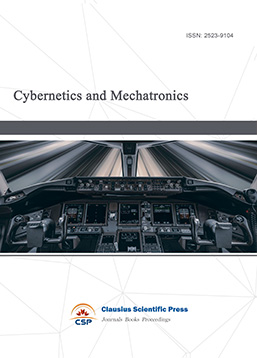
-
Digital Manufacturing and Process Management

-
Ultra-Precision Machining Process

-
Journal of Robotics and Biomimetics
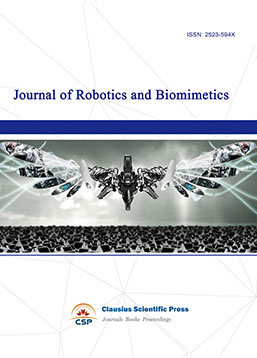
-
Prognostics, Diagnostics and Health Management

-
Micro-Electro-Mechanical Systems

-
Journal of Precision Instrument and Machinery
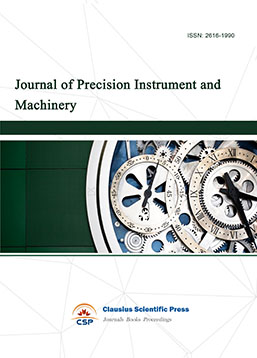
-
Engineering and Solid Mechanics

-
Fracture and Damage Mechanics
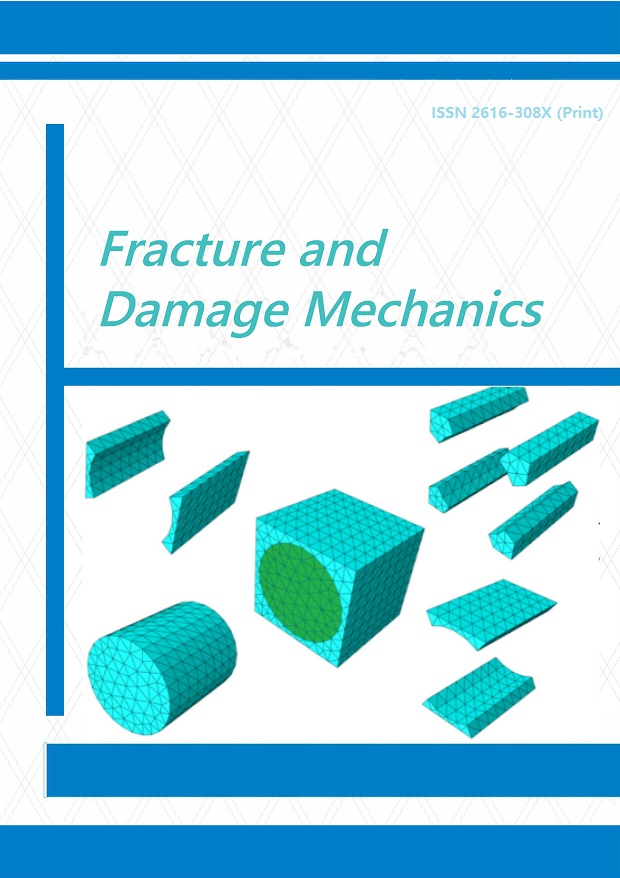
-
Frontiers in Tribology

-
Fluid and Power Machinery

-
Chemical Process Equipment
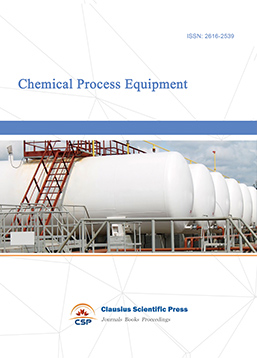
-
Journal of Assembly and Manufacturing

-
Mechanical Vibration and Noise


 Download as PDF
Download as PDF